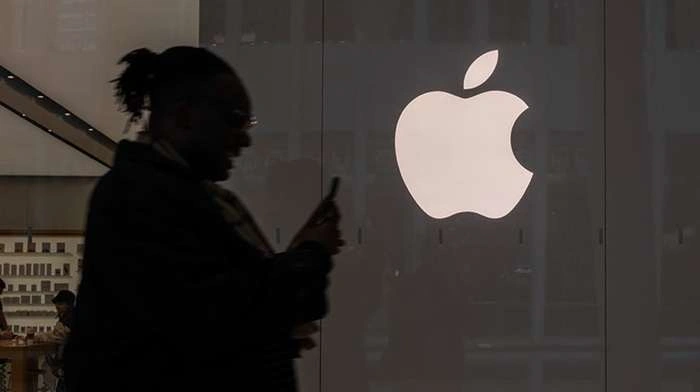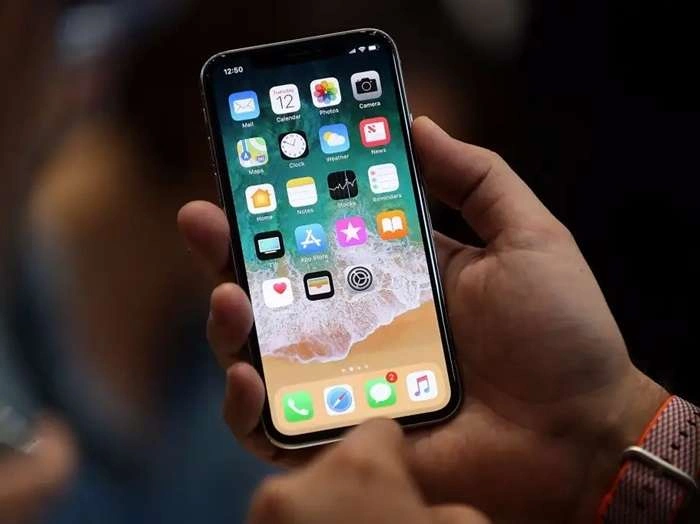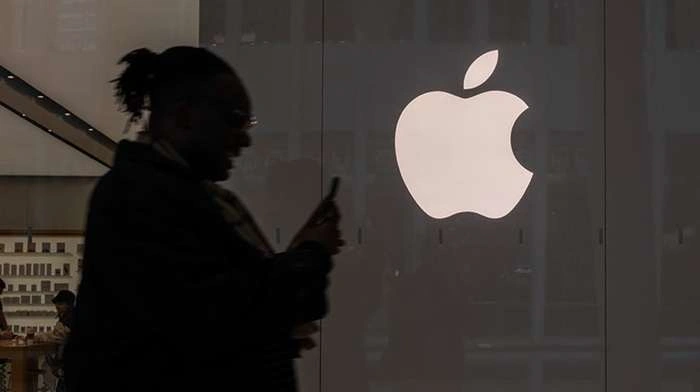In today’s fast-paced digital world, iPhones have become indispensable tools for both personal and professional use. With a multitude of apps at our fingertips, it’s easy to end up with dozens of apps running simultaneously. This can lead to decreased battery life, sluggish performance, and unnecessary data usage. If you’ve ever wondered how to close all apps on your iPhone effectively, this guide is for you. We’ll walk you through everything from the basics to advanced tips, ensuring your device runs smoothly.
Why Close Apps on Your iPhone?
Before diving into the mechanics of closing apps, it’s important to understand why you might need to do so. While iPhones are designed to manage background apps efficiently, there are specific situations where closing apps can be beneficial.
Preserve Battery Life
One of the primary reasons to close apps is to conserve battery life. While iOS is generally good at suspending apps in the background, some apps may continue to drain battery due to location tracking, background activities, or push notifications. By closing these apps, you can extend your iPhone’s battery life, especially when you’re low on power.
Improve Device Performance
If your iPhone starts to lag or freeze, it might be due to too many apps running simultaneously. Closing apps can free up RAM (Random Access Memory), helping your device run faster and more efficiently. This is particularly important for older iPhones with less processing power.
Reduce Data Usage
Certain apps, particularly those that rely heavily on the internet, can consume data even when running in the background. If you’re on a limited data plan, closing these apps can prevent unwanted data usage and save you from overage charges.
Protect Privacy and Security
Some apps may continue to access your personal information or track your location even when not actively in use. Closing these apps ensures that they don’t have unnecessary access to your data, enhancing your privacy and security.
How to Close Apps on an iPhone: The Basics
Now that you understand the importance of closing apps, let’s dive into the process. Depending on your iPhone model, the method to close apps may vary slightly. Here’s a step-by-step guide for different iPhone models.
iPhone X and Later (Without Home Button)
- Access the App Switcher: Swipe up from the bottom of the screen and pause in the middle. This will bring up the App Switcher, displaying all the apps currently running in the background.
- Find the App to Close: Swipe left or right to locate the app you want to close.
- Close the App: Swipe up on the app’s preview to close it. The app will disappear from the App Switcher, indicating that it has been closed.
- Repeat for All Apps: Unfortunately, there’s no built-in option to close all apps at once. You’ll need to swipe up on each app individually.
iPhone 8 and Earlier (With Home Button)
- Access the App Switcher: Double-click the Home button to open the App Switcher.
- Find the App to Close: Swipe left or right to find the app you want to close.
- Close the App: Swipe up on the app’s preview to close it.
- Repeat for All Apps: As with newer models, you’ll need to close each app individually.
Advanced Tips for Managing Apps on Your iPhone
While manually closing apps is the most straightforward method, there are additional strategies you can use to manage your apps more effectively. These tips will help you keep your iPhone running smoothly without constantly needing to close apps.
Use Background App Refresh Wisely
Background App Refresh allows apps to update their content in the background, even when not actively in use. While this feature can be convenient, it can also drain your battery and use data. Here’s how to manage it:
- Open Settings: Go to your iPhone’s Settings app.
- Select General: Tap on “General” to access more settings.
- Choose Background App Refresh: Tap on “Background App Refresh.”
- Toggle Off for Specific Apps: You can either turn off Background App Refresh entirely or selectively disable it for specific apps.
By controlling which apps can refresh in the background, you can reduce battery drain and data usage without needing to close apps frequently.
Limit Location Services
Location Services allow apps to access your location for various purposes, such as navigation or finding nearby services. However, some apps may continue to use your location even when running in the background, leading to battery drain. Here’s how to manage Location Services:
- Open Settings: Navigate to your iPhone’s Settings app.
- Select Privacy & Security: Tap on “Privacy & Security.”
- Choose Location Services: Tap on “Location Services.”
- Adjust for Specific Apps: Review the list of apps and adjust their location access. You can choose between “Never,” “Ask Next Time,” “While Using the App,” or “Always.”
By limiting location access for apps that don’t need it, you can conserve battery life and enhance your privacy.
Manage Notifications
Notifications can cause apps to wake up and run in the background, even if you don’t interact with them. Managing notifications can help reduce the need to close apps and improve your iPhone’s performance.
- Open Settings: Go to your iPhone’s Settings app.
- Select Notifications: Tap on “Notifications.”
- Adjust Notification Settings: Review the list of apps and adjust their notification settings. You can turn off notifications entirely or customize how they are delivered.
By controlling which apps can send notifications, you can reduce unnecessary background activity and save battery life.
Restart Your iPhone Regularly
Restarting your iPhone can help clear out temporary files and reset system processes, improving overall performance. While not a direct method to close apps, it can indirectly help by freeing up resources.
- iPhone X and Later: Press and hold the side button along with either volume button until the “slide to power off” slider appears. Slide to turn off your iPhone, then press and hold the side button again to turn it back on.
- iPhone 8 and Earlier: Press and hold the top (or side) button until the “slide to power off” slider appears. Slide to turn off your iPhone, then press and hold the top (or side) button again to turn it back on.
Restarting your iPhone once a week can help maintain optimal performance and reduce the need to manually close apps.
Common Myths About Closing Apps on iPhone
There’s a lot of misinformation floating around about closing apps on iPhones. Let’s debunk some common myths and clarify the facts.
Myth: Closing Apps Saves Battery Life
While it might seem logical that closing apps would save battery life, it’s not always the case. iOS is designed to manage background apps efficiently, and most apps are suspended when not in use, consuming little to no battery. In fact, constantly closing and reopening apps can use more power than leaving them in the background.
Myth: Closing Apps Improves Performance
Similar to the battery life myth, closing apps doesn’t necessarily improve performance. iPhones are built to handle multiple apps running simultaneously, and closing apps can disrupt the natural flow of the operating system. Unless an app is misbehaving or causing issues, there’s no need to close it.
Myth: There’s a Built-In Way to Close All Apps at Once
As of now, iOS does not offer a built-in feature to close all apps at once. Each app must be closed individually, either through the App Switcher or by restarting the device. Any third-party app claiming to close all apps at once should be approached with caution, as it may not be reliable or safe.
Myth: Background Apps Always Drain Battery
While some apps may continue to use resources in the background, most are suspended when not in use. iOS intelligently manages background processes to minimize battery drain. Exceptions include apps that use location services, play music, or download content in the background.
When Should You Close Apps on Your iPhone?
Given that iOS is efficient at managing background apps, you might wonder when it’s actually necessary to close apps. Here are some scenarios where closing apps is recommended:
App Malfunction or Crash
If an app becomes unresponsive, crashes frequently, or behaves erratically, closing and reopening it can often resolve the issue. This forces the app to restart, clearing any temporary glitches.
Battery Drain Issues
If you notice that your battery is draining faster than usual, checking for rogue apps running in the background can help. Apps that continue to use location services, play media, or refresh content may need to be closed to conserve battery.
Privacy Concerns
If you’re concerned about an app accessing your data or location without your consent, closing the app can provide peace of mind. You can also review the app’s permissions in the Settings app to ensure it aligns with your privacy preferences.
Troubleshooting Performance Issues
If your iPhone is running slow or freezing, closing apps can free up resources and improve performance. This is particularly useful on older devices with less RAM.
Clearing Clutter
Sometimes, it’s just a matter of decluttering your App Switcher. If you have dozens of apps open and find it difficult to navigate between them, closing some can make multitasking more manageable.
Related Post:
Free Dating Apps Without Payment: Find Love Without Spending a Dime
How to Delete Apps on Mac: A Step-by-Step Guide
How to Uninstall Apps on Mac: A Comprehensive Guide
While the iPhone is designed to handle multiple apps running in the background efficiently, there are still scenarios where closing apps is beneficial. Whether you’re trying to conserve battery life, improve performance, protect your privacy, or simply declutter your device, knowing how to close apps effectively is an essential skill for any iPhone user.




